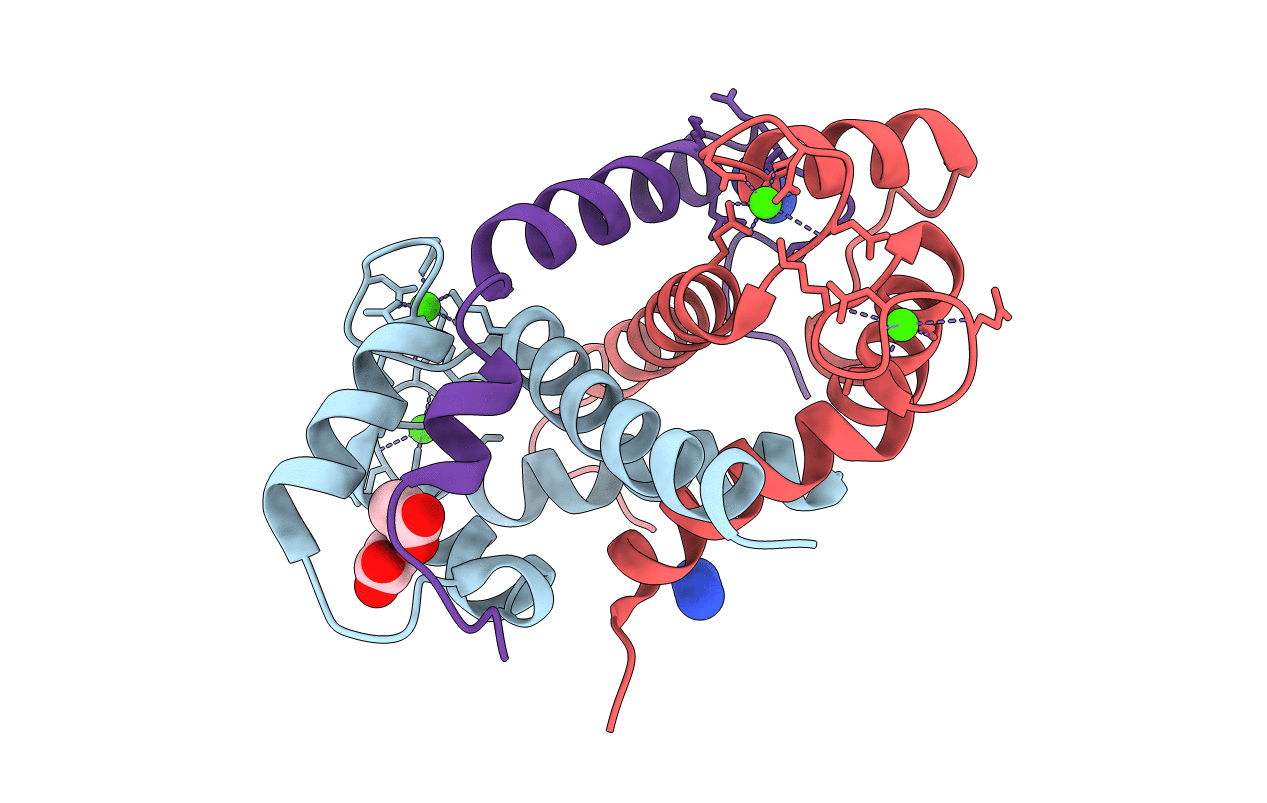
Deposition Date
2011-07-31
Release Date
2012-04-04
Last Version Date
2023-12-20
Entry Detail
PDB ID:
3ZWH
Keywords:
Title:
Ca2+-bound S100A4 C3S, C81S, C86S and F45W mutant complexed with myosin IIA
Biological Source:
Source Organism:
HOMO SAPIENS (Taxon ID: 9606)
Host Organism:
Method Details:
Experimental Method:
Resolution:
1.94 Å
R-Value Free:
0.20
R-Value Work:
0.17
R-Value Observed:
0.17
Space Group:
P 41 21 2


